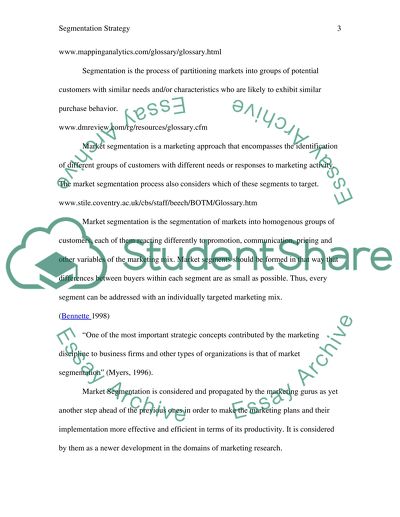Cite this document
(“The literature on market segmentation and its various aspects Essay”, n.d.)
The literature on market segmentation and its various aspects Essay. Retrieved from https://studentshare.org/miscellaneous/1520424-market-segmentation-strategy
The literature on market segmentation and its various aspects Essay. Retrieved from https://studentshare.org/miscellaneous/1520424-market-segmentation-strategy
(The Literature on Market Segmentation and Its Various Aspects Essay)
The Literature on Market Segmentation and Its Various Aspects Essay. https://studentshare.org/miscellaneous/1520424-market-segmentation-strategy.
The Literature on Market Segmentation and Its Various Aspects Essay. https://studentshare.org/miscellaneous/1520424-market-segmentation-strategy.
“The Literature on Market Segmentation and Its Various Aspects Essay”, n.d. https://studentshare.org/miscellaneous/1520424-market-segmentation-strategy.


